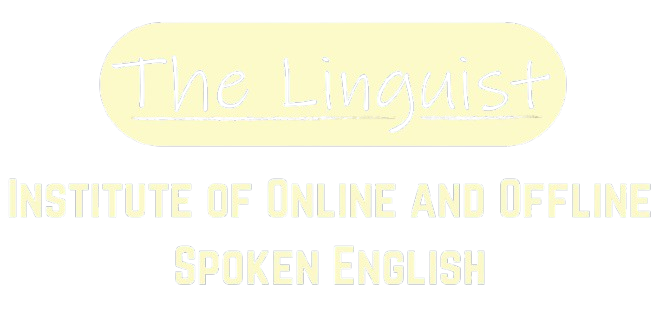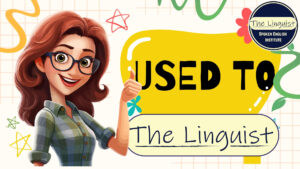
USED TO
Sentences with “USED TO” Positive Sentences 1. I am used to waking up early. – मैं जल्दी उठने का आदी हूं। – मी

30 sentences with “From”.
30 sentences with “From”. 1. I got a gift from my teacher. मी माझ्या शिक्षकाकडून भेट मिळाली. मुझे मेरे शिक्षक से उपहार मिला। 2.
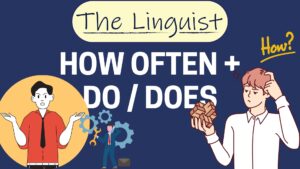
50 sentences with “How often do” and “How often does”
50 sentences with “How often do” and “How often does” With “How often do” 1. How often do you go to the gym? आप
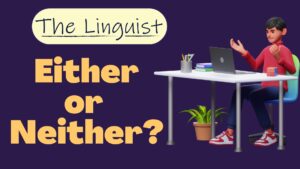
Either or Neither
Sentences with Either or Neither 1. You can take either the blue or the black pen. तुम नीला पेन या काला पेन में से

It’s my turn to + VERB
It is my turn to: ### Positive Sentences 1. It’s my turn to speak. मेरा बोलने का समय है। बोलण्याची वेळ आता माझी आहे।
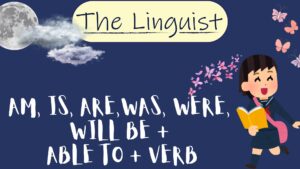
am / is / are / was / were / will be + able to + Verb
50 sentences with “am / is / are / was / were / will be + able to + Verb” in various forms ###
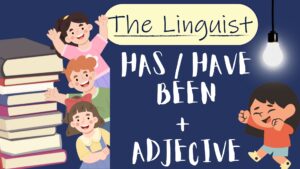
Has / Have been + adjectives
Has / Have been + adjectives Positive Sentences: 1. She has been happy for the past few days. वह पिछले कुछ दिनों से खुश

Being + Adjectives
Being + Adjectives She is being careful while driving. वह गाड़ी चलाते समय सावधान हो रही है। ती गाडी चालवताना सावधगिरी बाळगत आहे।
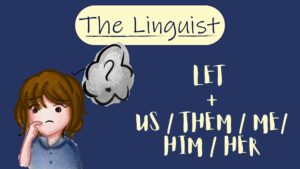
Let + US / ME / THEM / HER / HIM
Let + US / ME / THEM / HER / HIM Positive Sentences 1. Let us go to the market. चलो हम बाजार चलें।
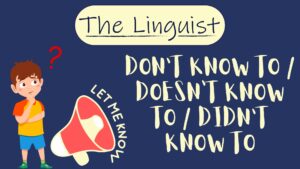
Doesn’t know to / Don’t know to / Didn’t know to
Doesn’t know to / Don’t know to / Didn’t know to 1. She doesn’t know to swim properly. वह सही तरीके से तैरना नहीं
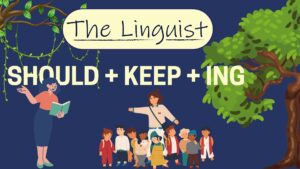
Should Keep + ING
1. You should keep helping others. तुम्हें दूसरों की मदद करते रहना चाहिए। तुम्ही इतरांना मदत करत राहावे. 2. We should not keep ignoring

Would you be kind enough
Sentences with Would you be kind enough: 1. Would you be kind enough to open the window? क्या आप खिड़की खोलने की कृपा करेंगे?
